
Božidar Jezernik
Božidar Jezernik (1951) is full professor of Cultural Anthropology at the University of Ljubljana. He teaches Ethnology of the Balkans, and has conducted extensive field work in Eastern and South-Eastern Europe. He was head of Department of Ethnology and Cultural Anthropology at the Faculty of Arts, University of Ljubljana, in 1988–1992 and 1998–2003, and dean of Faculty of Arts, University of Ljubljana, in 2003–7. From 2004, he is the leader of a program research group Slovenian Identities in European and Global Context, and the leader of the research projects Heroes and Celebrities in Slovenia and Central Europe and Heritage of the First World War: Representations and Reinterpretations.
He has published monographs on Italian, German and Yugoslav concentration camps: Struggle for Survival (in Slovenian, Ljubljana, 1983 and 1997; in English, Ljubljana, 1999), Sex and Sexuality in extremis (in Slovenian, Ljubljana, 1993), Non cogito ergo sum (in Slovenian, Ljubljana, 1994; Serbian translation Novi Sad, 2012; Polish translation Naga Wyspa - Gułag Tity, 2013; revised Slovenian edition Goli otok – Titov gulag, 2013; German translation Titos Gulag an der Insel Goli Otok, 2014).
His book on Balkan travel reports was published in Slovenian as Dežela, kjer je vse narobe (1998), its expanded and revised English version was published as Wild Europe (London, 2004); in Turkish translation as Vahşi Avrupa (Istanbul, 2006), in Polish translation as Dzika Europa (Cracow, 2007), in Serbian translation Divlja Evropa (Belgrade 2007), in Italian translation as Europa selvaggia (Torino 2010), in Albanian translation as Europa e egër (Tirana 2010), in Slovenian translation as Divja Evropa (Ljubljana 2011), in Bulgarian as Divata Evropa (Sofia 2013), in German translation as Das wilde Europa (Vienna 2016), and in Russian translation Dikaja Evropa (Moscow 2017).
He has published monographs on Italian, German and Yugoslav concentration camps: Struggle for Survival (in Slovenian, Ljubljana, 1983 and 1997; in English, Ljubljana, 1999), Sex and Sexuality in extremis (in Slovenian, Ljubljana, 1993), Non cogito ergo sum (in Slovenian, Ljubljana, 1994; Serbian translation Novi Sad, 2012; Polish translation Naga Wyspa - Gułag Tity, 2013; revised Slovenian edition Goli otok – Titov gulag, 2013; German translation Titos Gulag an der Insel Goli Otok, 2014).
His book on Balkan travel reports was published in Slovenian as Dežela, kjer je vse narobe (1998), its expanded and revised English version was published as Wild Europe (London, 2004); in Turkish translation as Vahşi Avrupa (Istanbul, 2006), in Polish translation as Dzika Europa (Cracow, 2007), in Serbian translation Divlja Evropa (Belgrade 2007), in Italian translation as Europa selvaggia (Torino 2010), in Albanian translation as Europa e egër (Tirana 2010), in Slovenian translation as Divja Evropa (Ljubljana 2011), in Bulgarian as Divata Evropa (Sofia 2013), in German translation as Das wilde Europa (Vienna 2016), and in Russian translation Dikaja Evropa (Moscow 2017).
less
Related Authors
Dylan Trigg
Central European University
Laurajane Smith
The Australian National University
Emre San
Istanbul 29 Mayis University
Olga Palagia
National & Kapodistrian University of Athens
Neil Silberman
University of Massachusetts Amherst
Emilio Sauri
University of Massachusetts, Boston
jelena bogdanovic
Vanderbilt University
David Alegre
Universitat Autònoma de Barcelona
Manuelina Maria Duarte Cândido
Universidade Federal de Goiás
barbara baert
KU Leuven
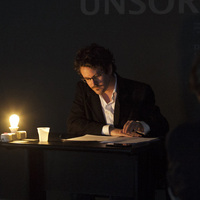
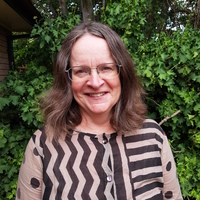
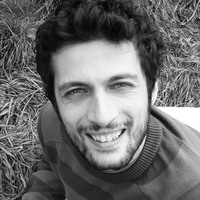
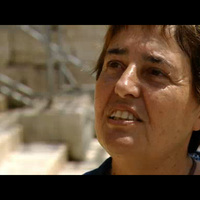
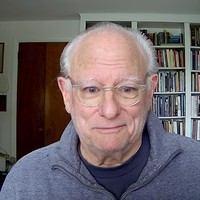


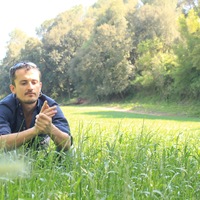

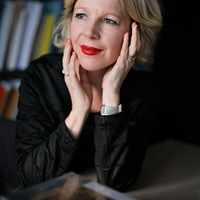
Uploads
Papers by Božidar Jezernik
Until recently it was commonly believed that the newly-established political climate
in the Kingdom of Serbs, Croats and Slovenes, or later the Kingdom of Yugoslavia, impeded
the construction of monuments and memorials to soldiers that died fighting for
Austria-Hungary. I will prove that this is a belief with little or no basis in reality. While
it is true that some of these memorials were removed from public spaces, the majority
of these were in fact erected in honor of the Emperor and King Franz Joseph, the Austro-
Hungarian state and the Austro-Hungarian army.
I have divided the remaining places of memory in Croatia into the following categories:
war cemeteries, public monuments–memorials to those that died in the war,
individual gravestones, cenotaphs, ossuaries, mausoleums, memorial plaques, photo
panels and crossroad crucifixes. War cemeteries were built next to civilian and military
hospitals throughout Croatia (e.g., at Bjelovar, Pakrac, Vukovar-Bršadin, Vinkovci,
Ilok, Požega, and Slavonski Brod). Today, the remains of these cemeteries exist only in
Zagreb, Osijek, Karlovac, Našice, Pula and Sisak. War memorials from this time can be
found in Dubrovnik, Korčula, Karlovac, Ogulin, Otočac, Sisak, Sušak and Varaždin. Most
of the monuments were later destroyed and today no longer exist.
Moreover, many of these monuments and memorials were erected after the end
of the war. They were sometimes built in public spaces, in town squares, parks or next
to parish churches, but most often appeared in local cemeteries. We have information
about some of the initiators of these projects, the circumstances in which some were
built, and the identities of some of the authors. For the most part, however, we have
no information. The majority of the monuments or memorials were crosses, sculptures,
and obelisks with lists of victims’ names, or they were simple memorials with
the inscription 1914–1918, obviously referring to the First World War. To the best of my
knowledge, memorials that were built after the war ended and that honored the war
victims include those in Zagreb, Pakrac, Dol (on Hvar), Gola, Jarmina, Varaždin, Čakovec,
Šemovci (near Virje), Đurđevac, Gospić, and Koprivnički Ivanec. The memorials
erected during the interwar period are dedicated to all victims regardless of nationality
or religion. However, there are also examples that prove this was not always the case.
For example, a cenotaph dedicated to local Germans who died in the war was erected
in Krndija (1926), while Križevci (1935), Koprivnica (1934), and Zagreb (1930) all contain
memorials to Jews who were killed in the conflict. In Križevci (1935), Koprivnica
(1934), Zagreb (1930) and Slavonski Brod (?) we find monuments to fallen Jews.
Photo panels are another form of memorial. Such panels were placed in Đakovo,
Nuštar, Vinkovci, Koprivnica and Koprivnički Ivanec. Other communities produced metal
plaques with the names of fallen parishioners and locals. Most of these were placed
on the inside walls of churches, but some were also placed on the outside (e.g., at Šestine,
Našice, Karlovac, and Varaždinske Toplice). Smaller villages and individual citizens
put up crucifixes at crossroads, usually in front of churches or in cemeteries (as seen in
Čazma, Milaševac, Bosiljevo, Dragičevci, Vučani, Dubrovčan, and Šemovci).
The neglect and even destruction of graves, cemeteries, memorials and monuments
13
from the First World War became commonplace after 1945. The restoration of the old
First World War memorials and the construction of new ones in Croatia began only a
few years ago, and such activities have mostly been related to the centenary of the war.